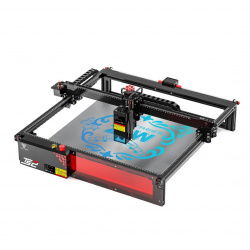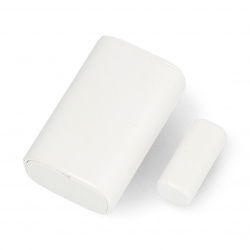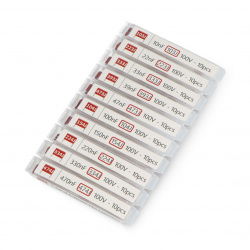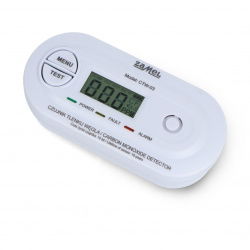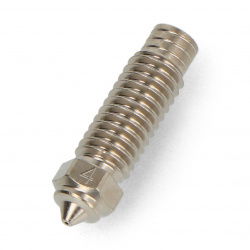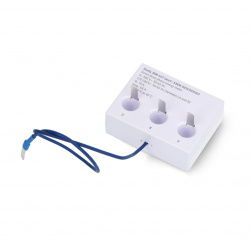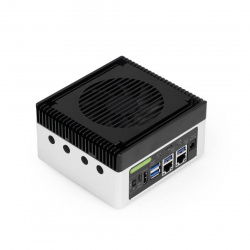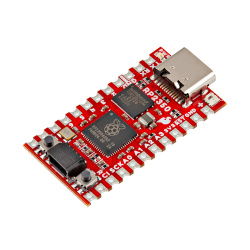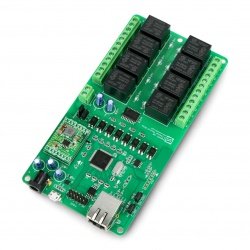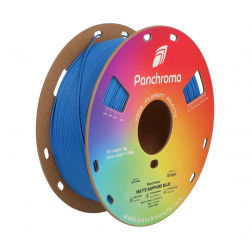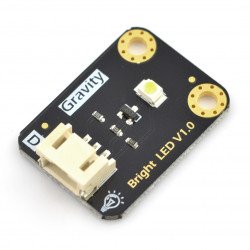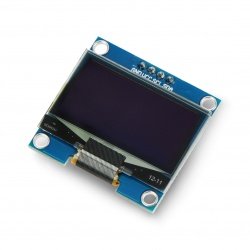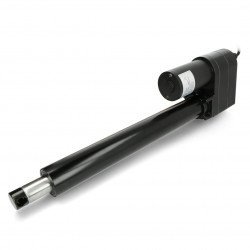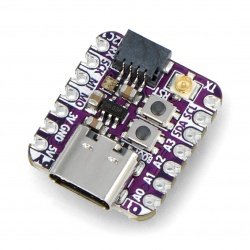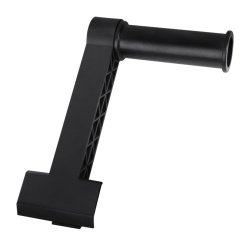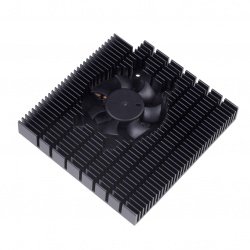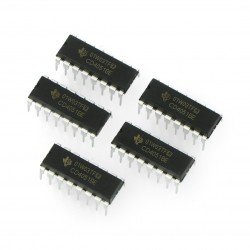The type of signal - analog or digital - is one of the most serious dilemmas when it comes to connecting and using various devices. This is especially noticeable in the case of more advanced electronic designs. The solution may be a device professionally called a multiplexer.
Multipleksery (MUX)
Analog multiplexer / demultiplexer 4052 - THT - 5pcs
4-channel analog multiplexer/demultiplexer in the DIL-16(DIP) case. Set of 5 pcs chips.See also
A multiplexer is a device that allows you to choose between several analog or digital input signals and transfer them to a single output line. This arrangement is called a data selector. Digital multiplexers can also be used to implement Boolean functions of many variables, which makes them very widely applicable. Analog multiplexers, on the other hand, allow several signals to share one device or resource. For example, an analog-to-digital converter in a given system may be shared. In addition, the multiplexer has the infrastructure to handle a series of connected signal generators. Thanks to this functionality, it is possible to produce a single output result with a single control signal.
Multiplexers are more advanced elements useful for many integrated circuits. In this category you can buy various types of multiplexers. Check them out below!
Multiplexers for electronic control of switches of digital and analog signals
An electronic multiplexer is a device that resembles an electronic switch that has multiple inputs and a single output. The multiplexer symbol in the wiring diagram is an isosceles trapezoid with the longer side parallel to denote the input pins and the shorter other side to denote the outputs. In turn, connection control lines and power lines are usually drawn from the side of the slanted sides of the trapezoid.
Due to the digital control of the multiplexer, they usually have 2n inputs, where n is a natural number: 2, 3, 4, 5 or more. Multiplexers can be controlled in parallel with the help of an n-bit interface. They can also be controlled in series by using the appropriate SPI or I2C interface.
What's more, the important thing is that multiplexers can also act as demultiplexers. This means that you can connect as many signals to one lead as the device has specific channels. In another configuration, many signals from only one pin can be output from the device (then it is a demultiplexer operation).
Analog multiplexers for electronic signal selection
In the design of some analog circuits in the field of programmable electronics, it may be very important to combine one signal collected from several inputs into one, which takes the form of a single output. This is what the professional multiplexer is responsible for, which is a special type of analog switch. This subassembly is characterized by a large number of input channels and an interesting type of control interface. Of course, when choosing the best multiplexer, it is also important to pay attention to a number of other important electrical parameters. What are the most important? First of all, the two most important parameters of such a system are the frequency response and the maximum signal amplitude. The first parameter, frequencyresponse, expresses what is the highest frequency of the signal that can be transmitted by the chip. Similarly, the second parameter, signalamplitude, informs about the maximum signal voltage that will not overload the multiplexer input.
Digital multiplexers and their application
Naturally, in digital systems, multiplexers switch digital signals. In this arrangement, all signals are digital – both commutated signals as well as these control signals. Multiplexers of this type usually have 2, 4, 8 or 16 inputs, but there are also digital multiplexers with an even greater number of control inputs - e.g. 32 inputs or 64 in professional applications.
However, you need to know that a multiplexer with 16 inputs will require at least 4 control lines. On the other hand, in the case of a parallel interface, systems with more inputs often have serial interfaces to control them, which reduces the number of control pins needed. Digital multiplexers are mainly used to increase the amount of data that can be transferred over a network within a specified amount of time and bandwidth.
Multiplexers are moreadvanced electronic components. They will certainly be useful for all those electronic projects where signal change is important. See all the products above now or contact us if you have any questions.






























































































































































































































































































































